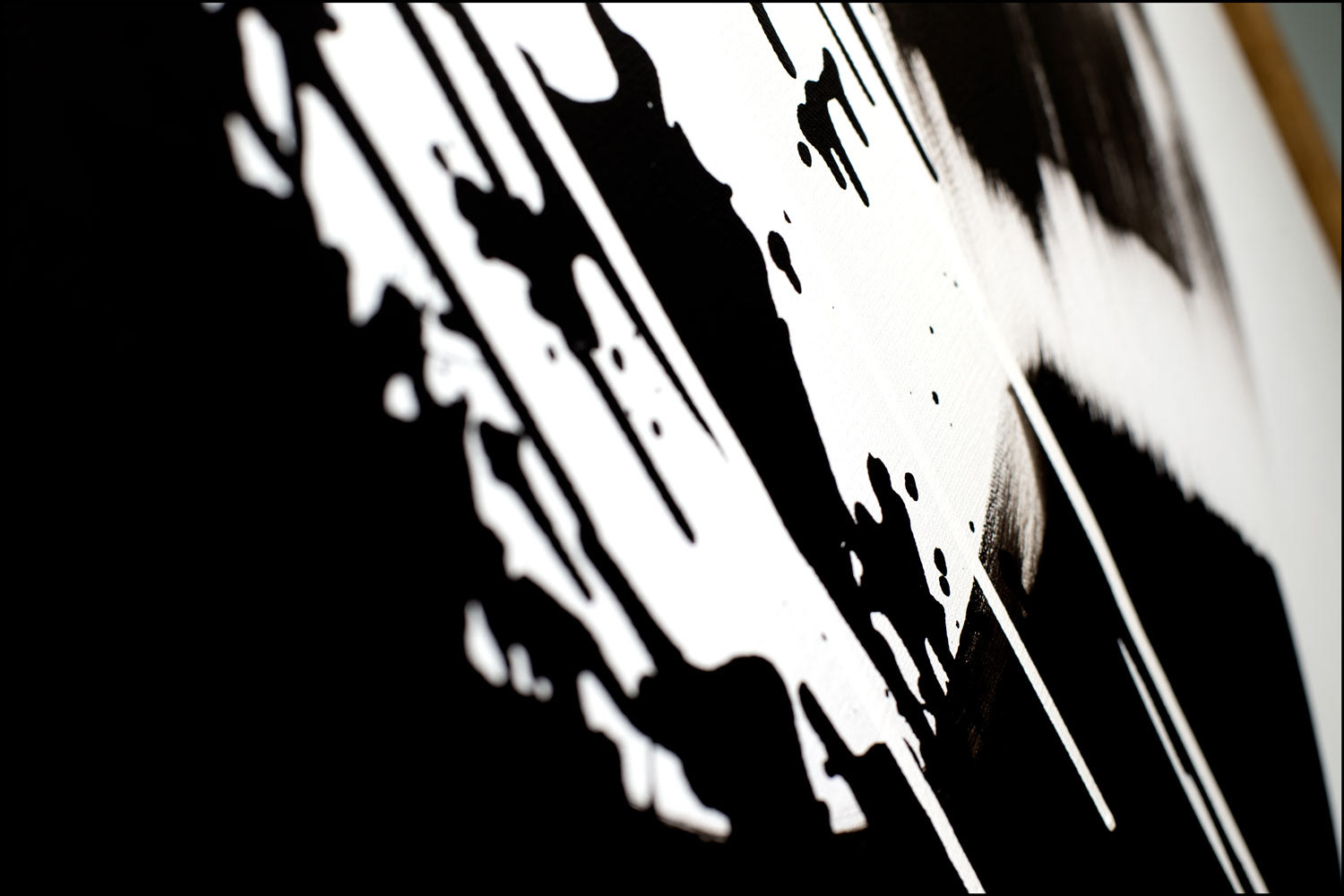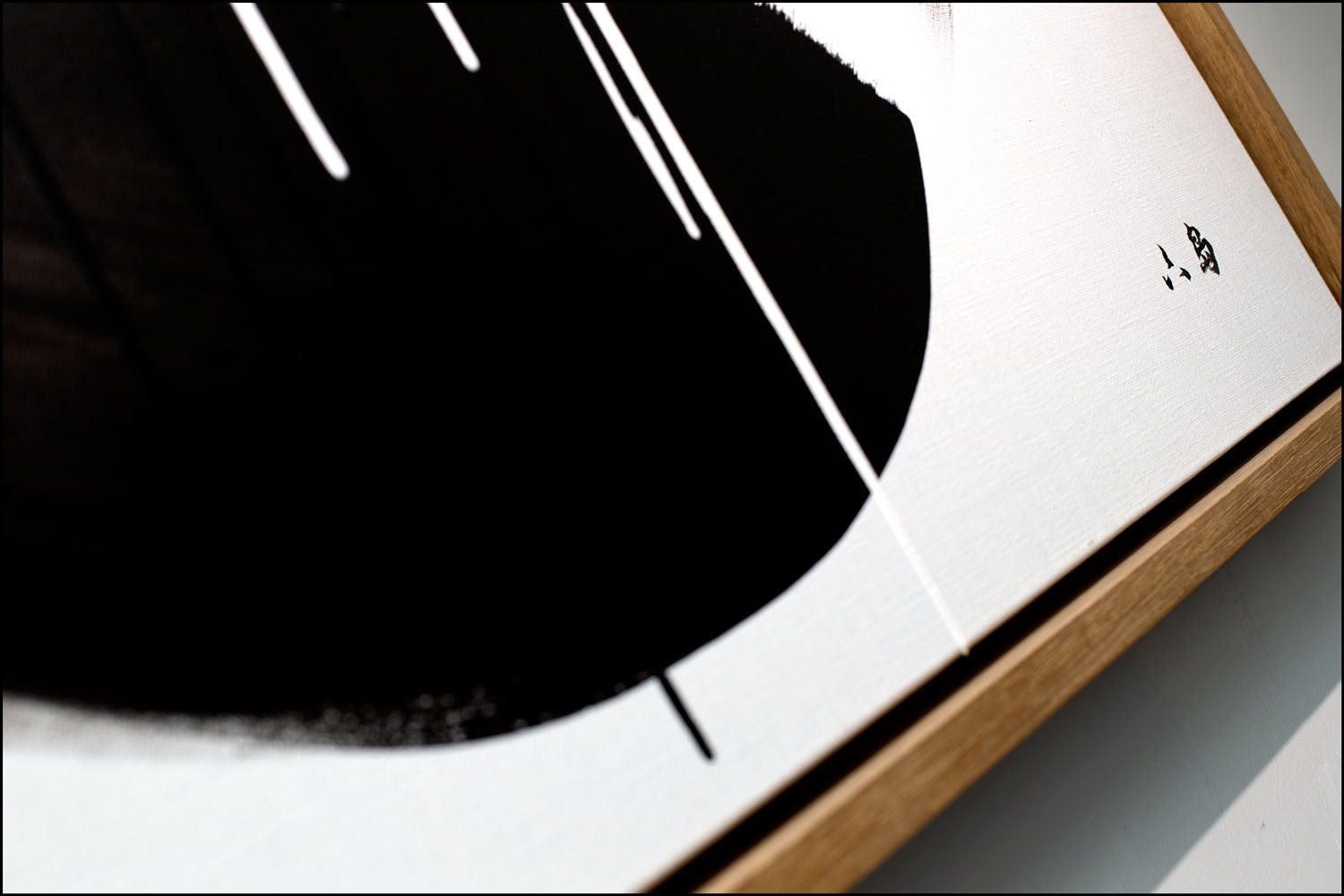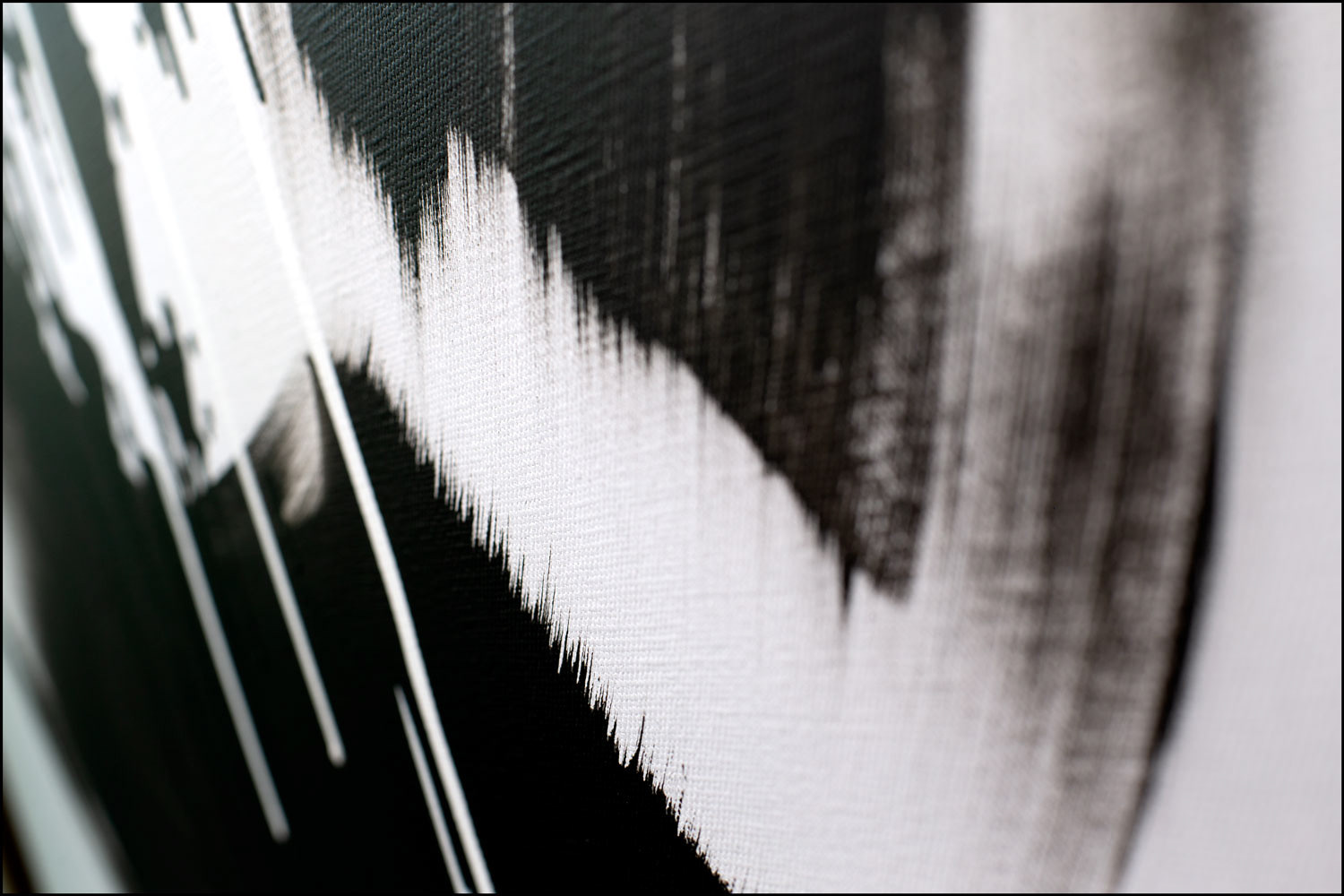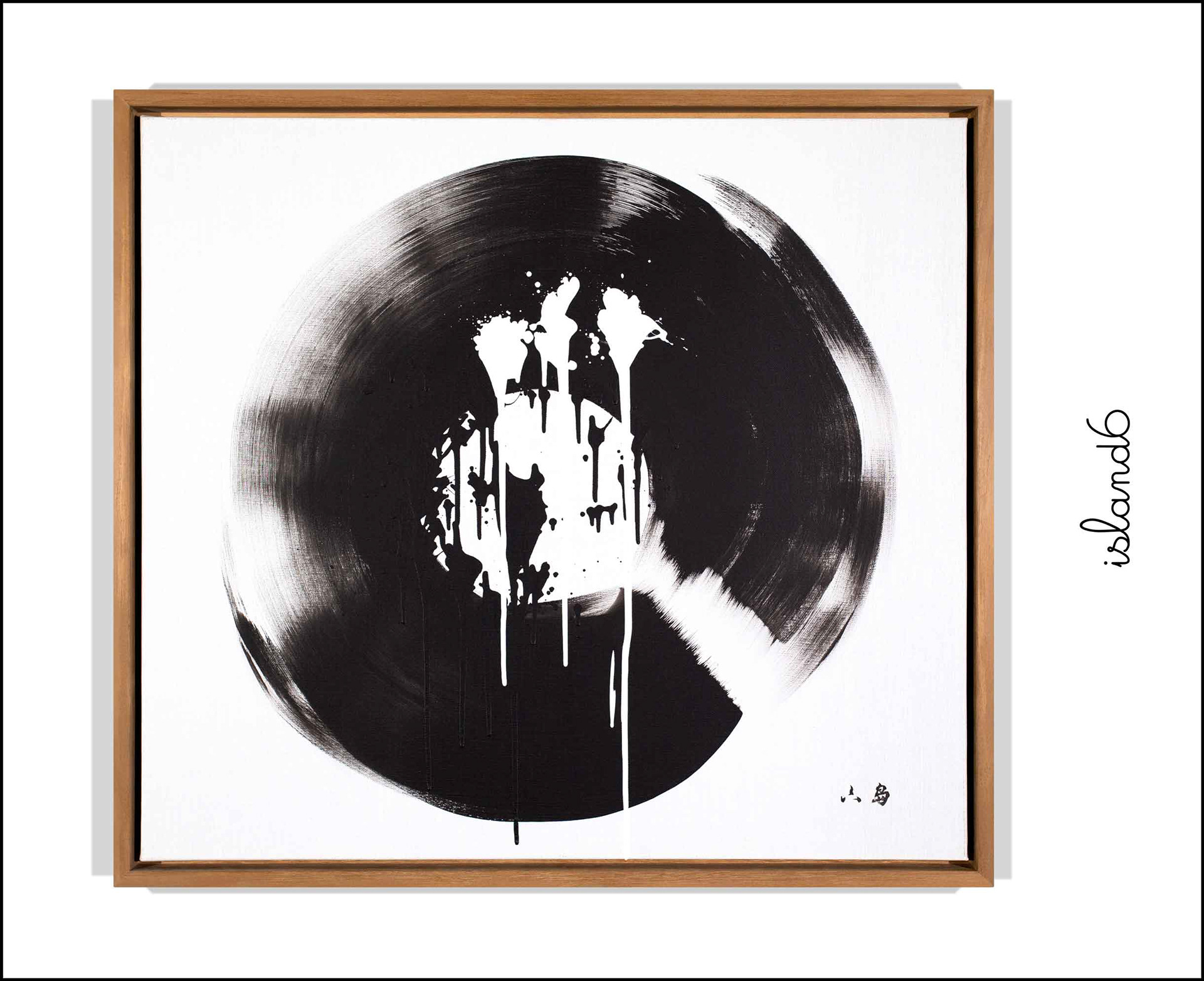"Turn, Return" (转弯返回)
// BLURB //
If there is one similarity between the East and the West, it’s in how we try to shape the unimaginable concept of eternity into something tangible and anthropo-friendly. In the Japanese tradition, eternity is symbolized by a dynamically drawn circle-shaped ensō, while in Western art history eternity’s symbol is the dragon biting on its tail, the so-called ouroboros. Strictly speaking, eternity is a timeless realm that has no beginning nor end and is not a succession of moments with beginnings and ends. It is where “things” cannot exist; it’s rather a realm of which Plato’s ideas of love or good are the denizens. In other words, eternity is the absolute non-happening, it’s the anti-thesis of art. And art is about finding the way out. The Christian tradition from the Renaissance onwards had been about finding the right materials that will not change and will preserve the piece forever, while Chinese art is not about the perfect preservation of the object but showing the timeless nature of existence itself. By drawing circles, I wonder, can we by the process of “making” make something that will then last forever? Will eternity ever come?
If there is one similarity between the East and the West, it’s in how we try to shape the unimaginable concept of eternity into something tangible and anthropo-friendly. In the Japanese tradition, eternity is symbolized by a dynamically drawn circle-shaped ensō, while in Western art history eternity’s symbol is the dragon biting on its tail, the so-called ouroboros. Strictly speaking, eternity is a timeless realm that has no beginning nor end and is not a succession of moments with beginnings and ends. It is where “things” cannot exist; it’s rather a realm of which Plato’s ideas of love or good are the denizens. In other words, eternity is the absolute non-happening, it’s the anti-thesis of art. And art is about finding the way out. The Christian tradition from the Renaissance onwards had been about finding the right materials that will not change and will preserve the piece forever, while Chinese art is not about the perfect preservation of the object but showing the timeless nature of existence itself. By drawing circles, I wonder, can we by the process of “making” make something that will then last forever? Will eternity ever come?
EDITION, MEDIA, SIZE & WEIGHT
Unique Edition, Shanghai 2019
Chinese ink and acrylic painting on canvas, teakwood frame
106(W)×96(H)×6.5(D) cm // 8 kg (framed)
CRATE SIZE & WEIGHT
117(W)×107(H)×21.5(D) cm // 25 kg
EXPOSURE
• “Perimeters, Edges, and Walls” at island6 Shanghai Main Space
CREDITS
Owen 欧文 (painting) • Thomas Charvériat (art direction) • Yeung Sin Ching 杨倩菁 (production supervisor) • Carlin Reinig (blurb)
Unique Edition, Shanghai 2019
Chinese ink and acrylic painting on canvas, teakwood frame
106(W)×96(H)×6.5(D) cm // 8 kg (framed)
CRATE SIZE & WEIGHT
117(W)×107(H)×21.5(D) cm // 25 kg
EXPOSURE
• “Perimeters, Edges, and Walls” at island6 Shanghai Main Space
CREDITS
Owen 欧文 (painting) • Thomas Charvériat (art direction) • Yeung Sin Ching 杨倩菁 (production supervisor) • Carlin Reinig (blurb)
CLOSE-UPS







